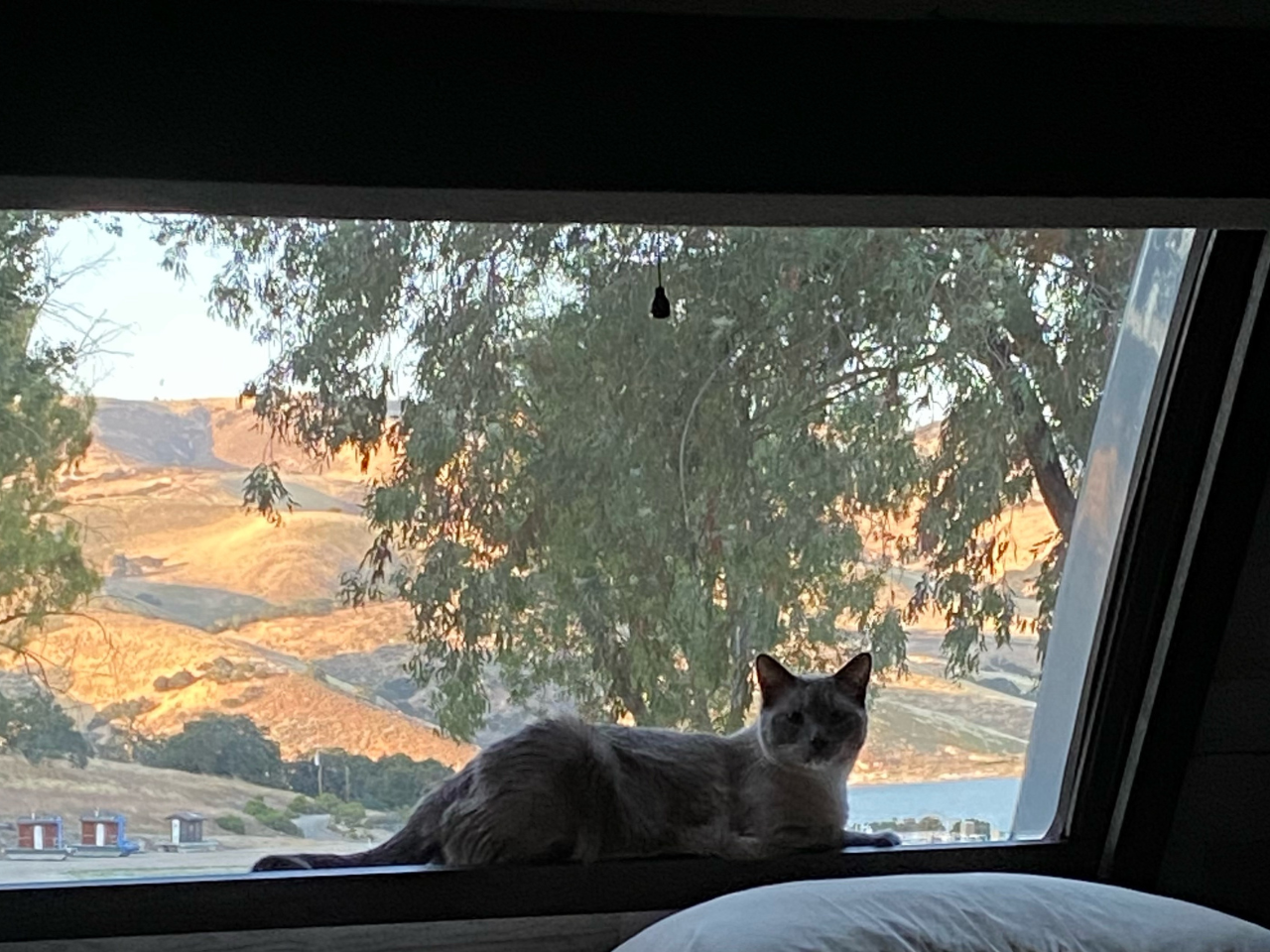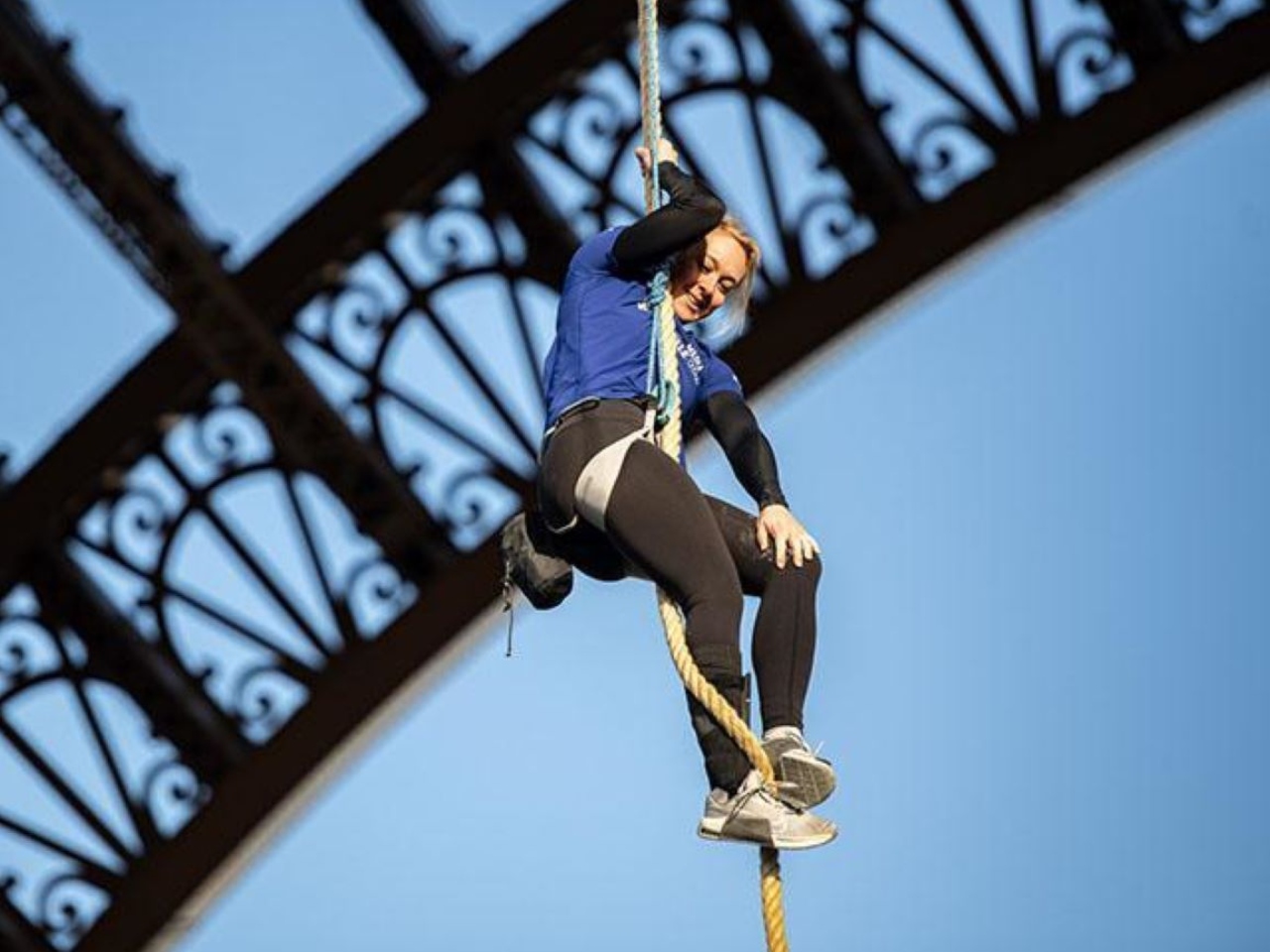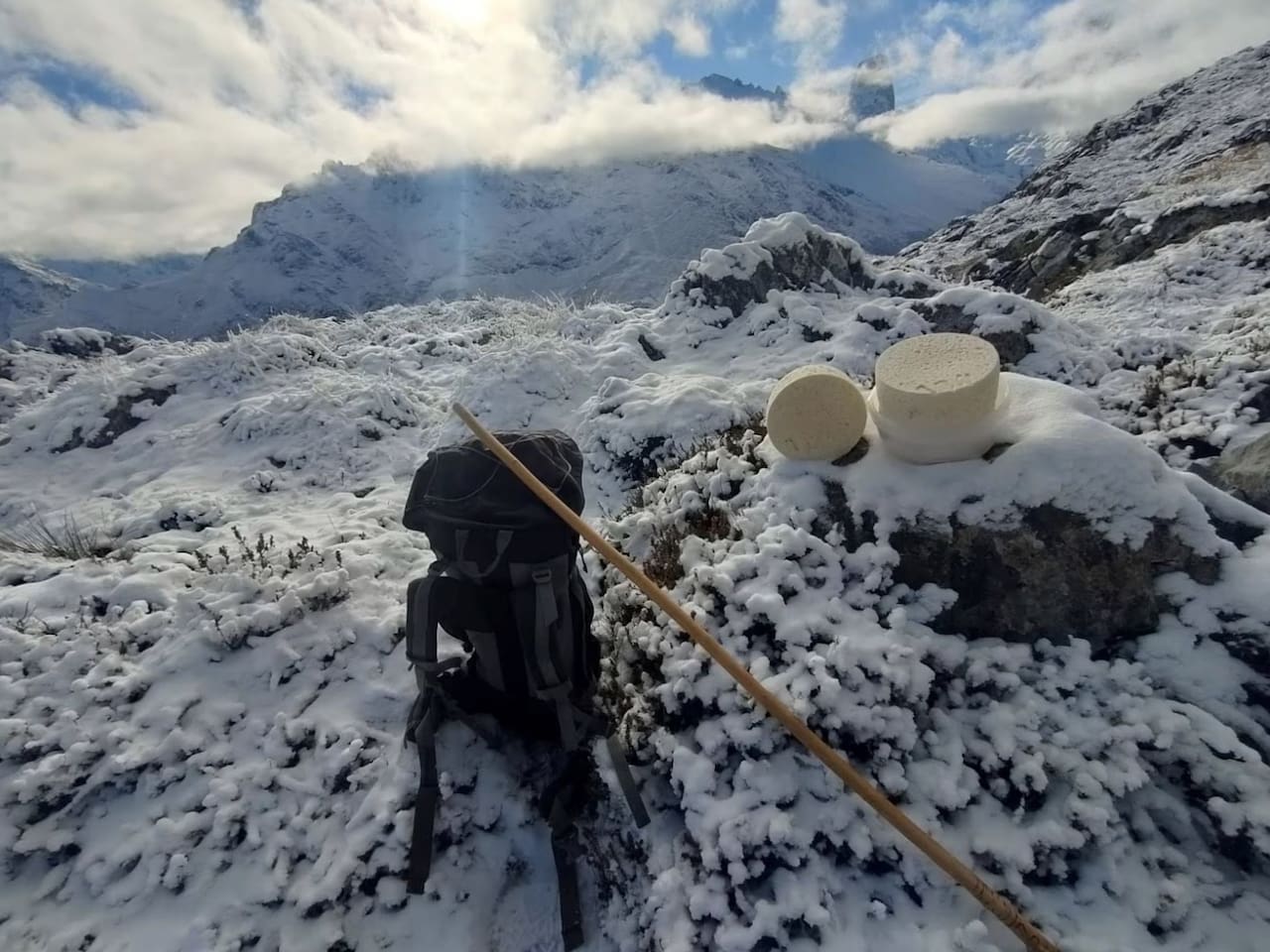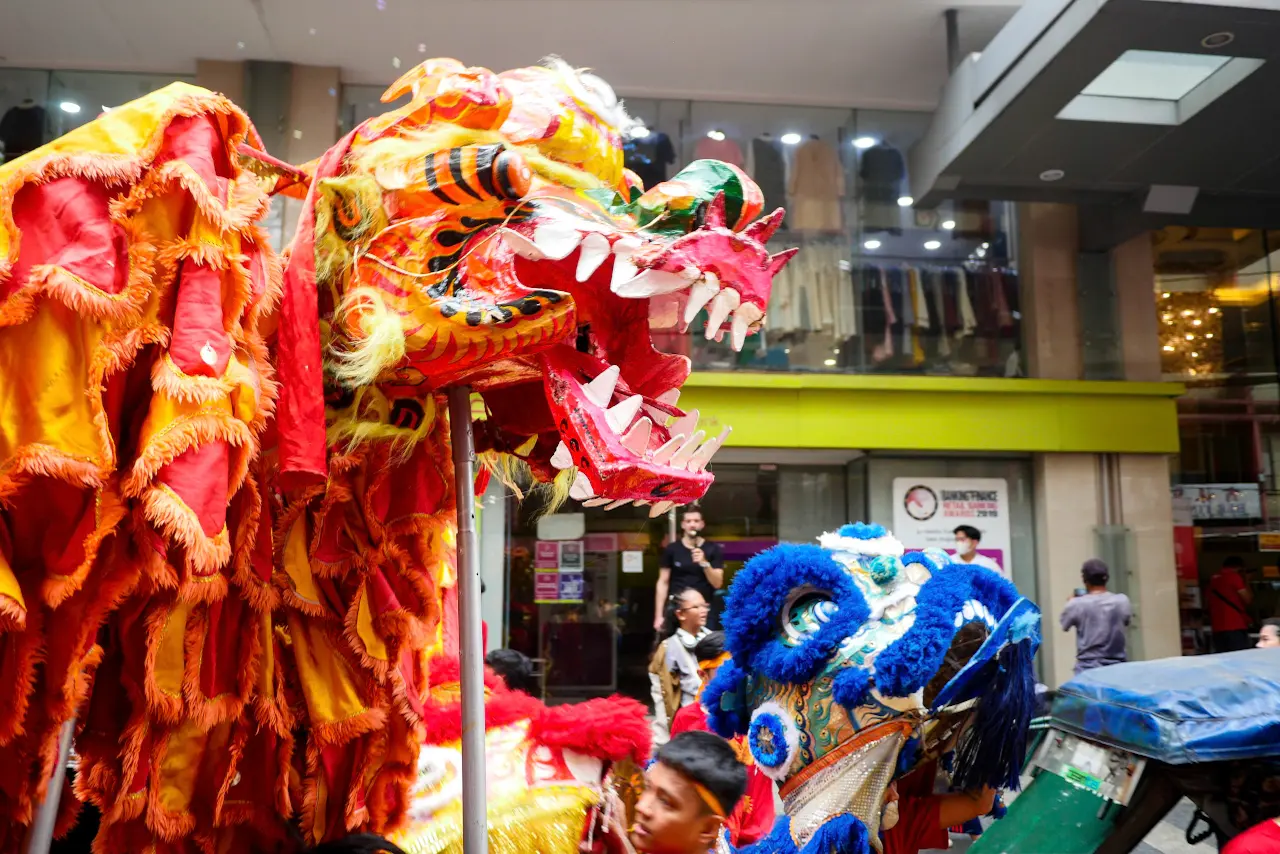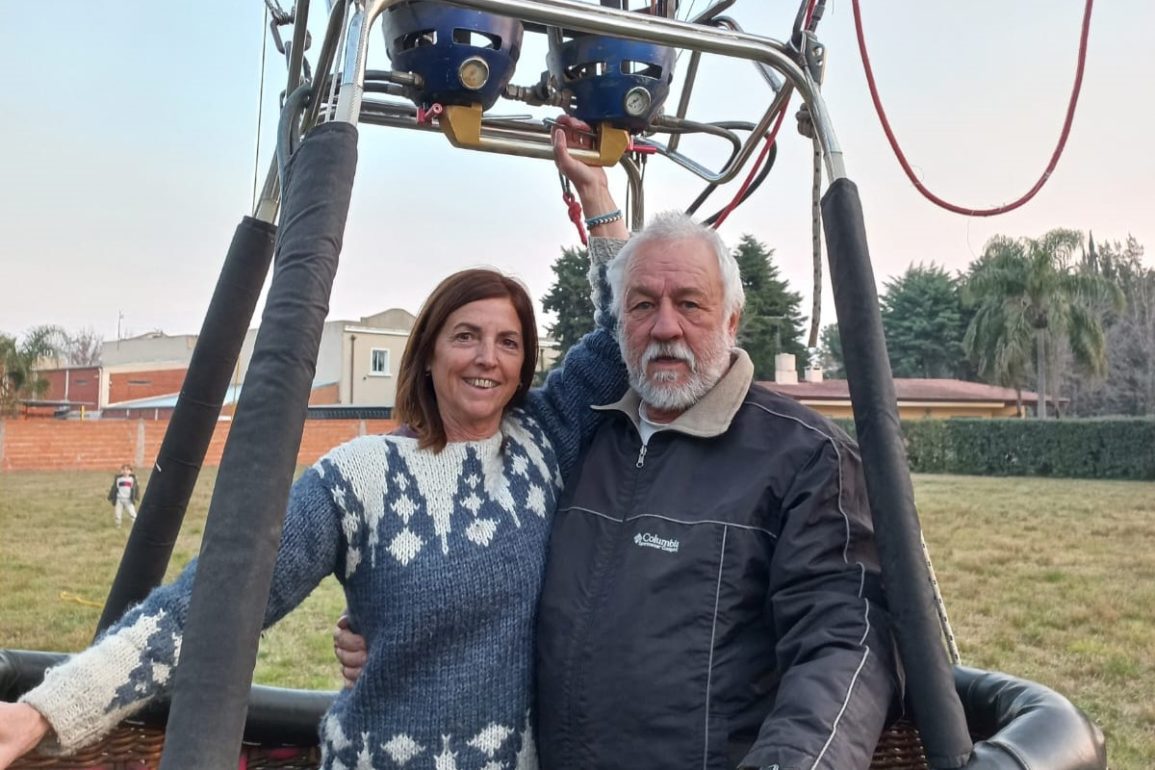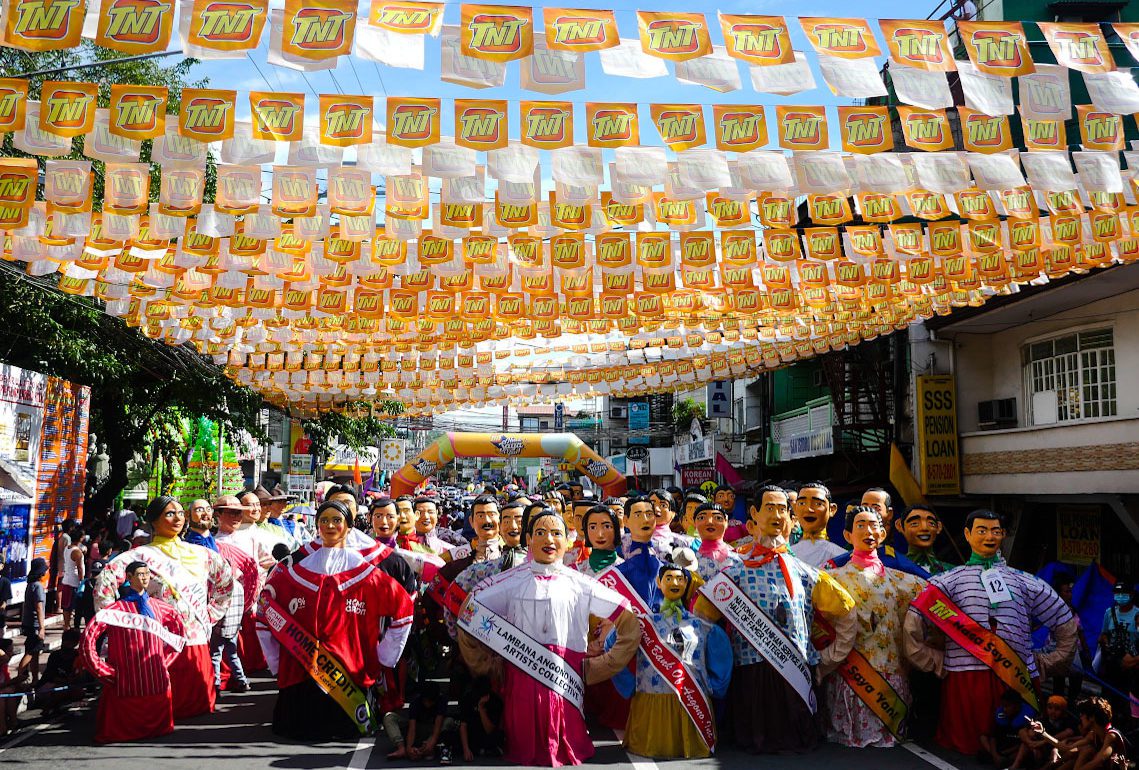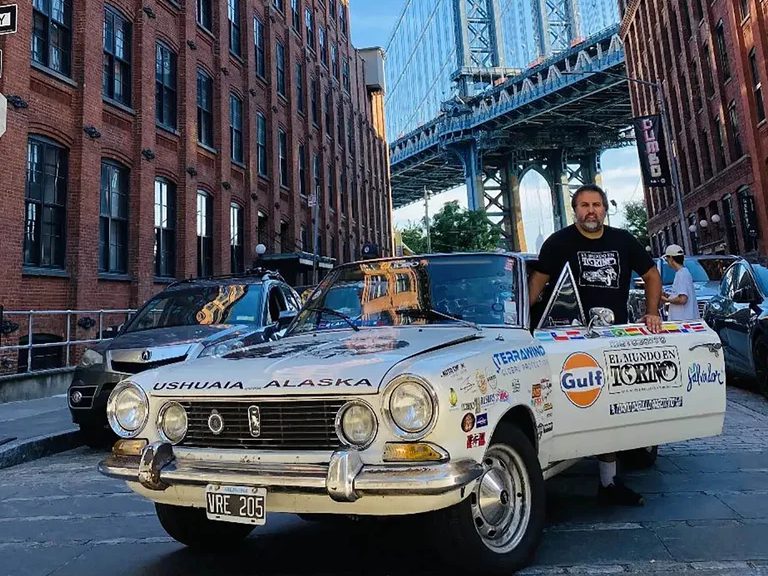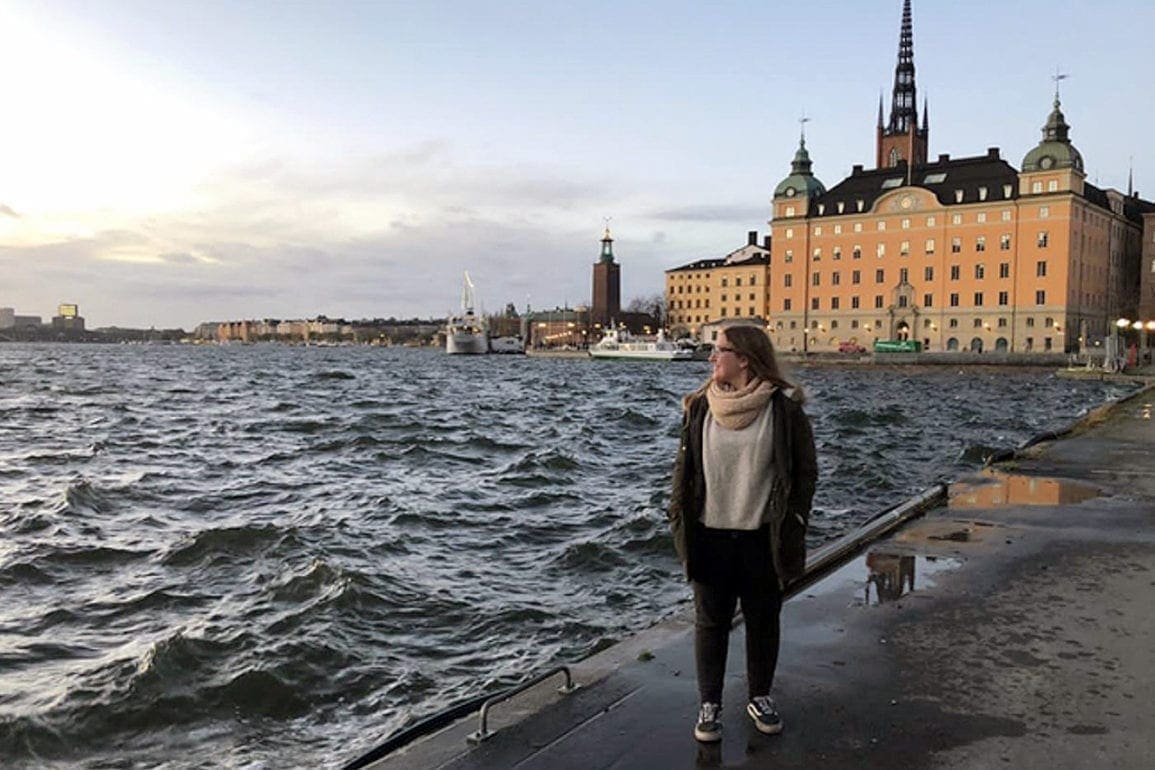His childhood fascination with trains birthed the modernization project of Mitre railway
I saw the once beautiful and vibrant station turn into a dumping ground for garbage. Untamed plants grew everywhere, and pieces of broken glass and metal scattered about. As I stood there, taking it in, an idea began to form. I wanted to bring the railway back to life.
- 3 years ago
May 26, 2023






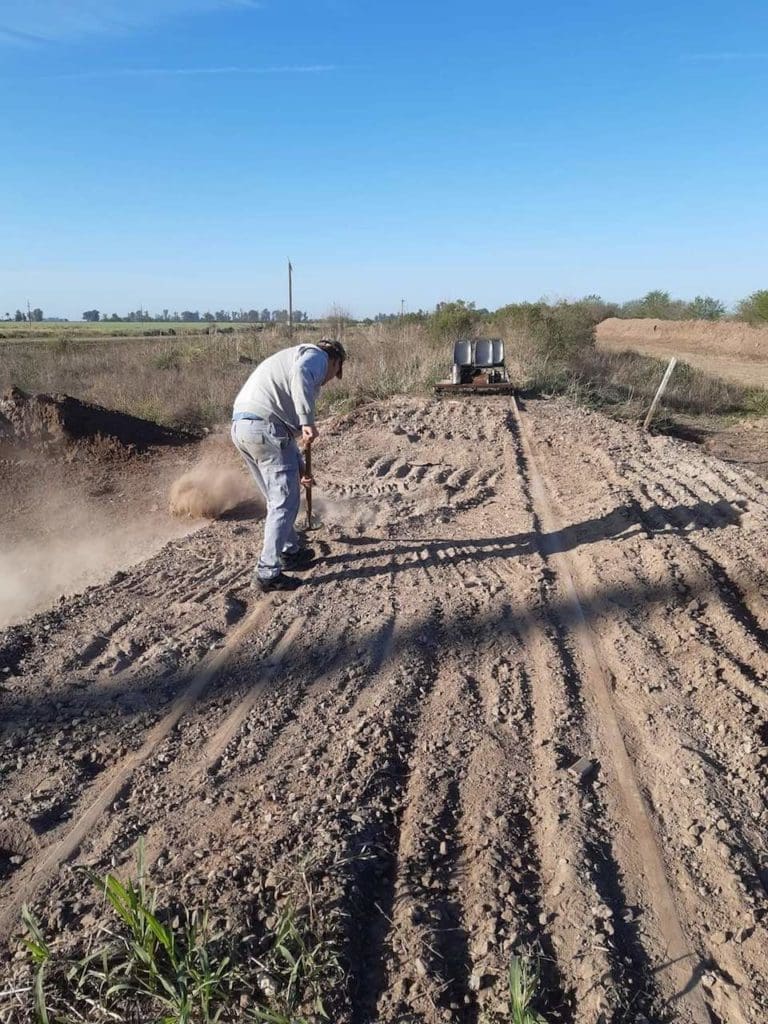
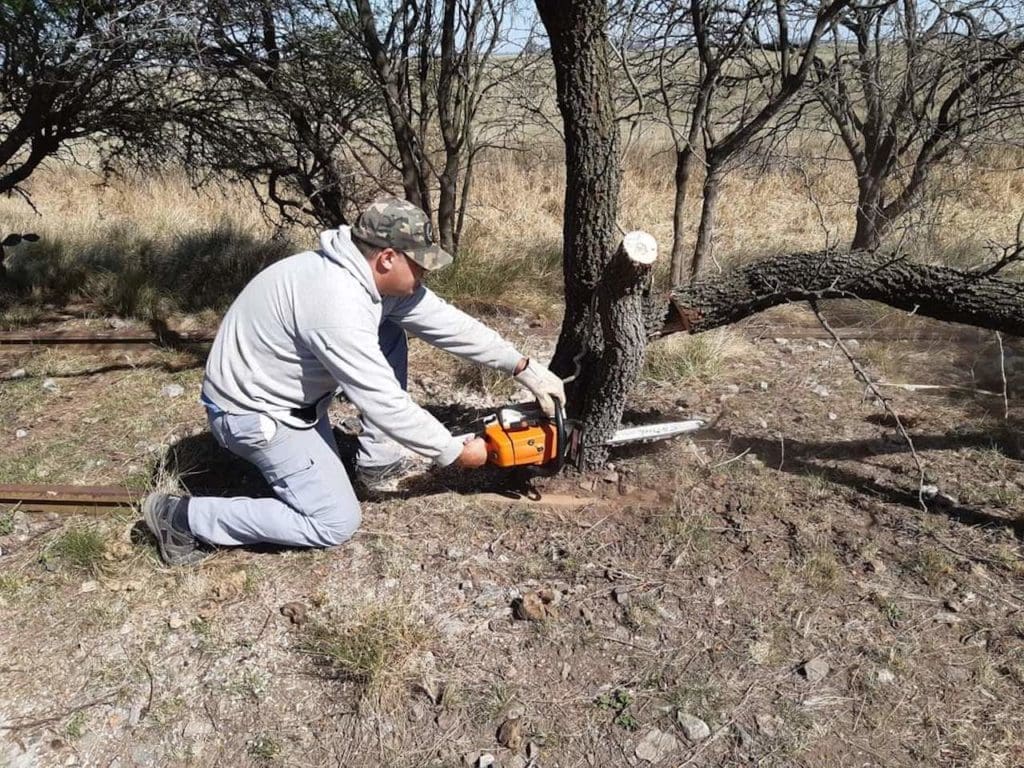
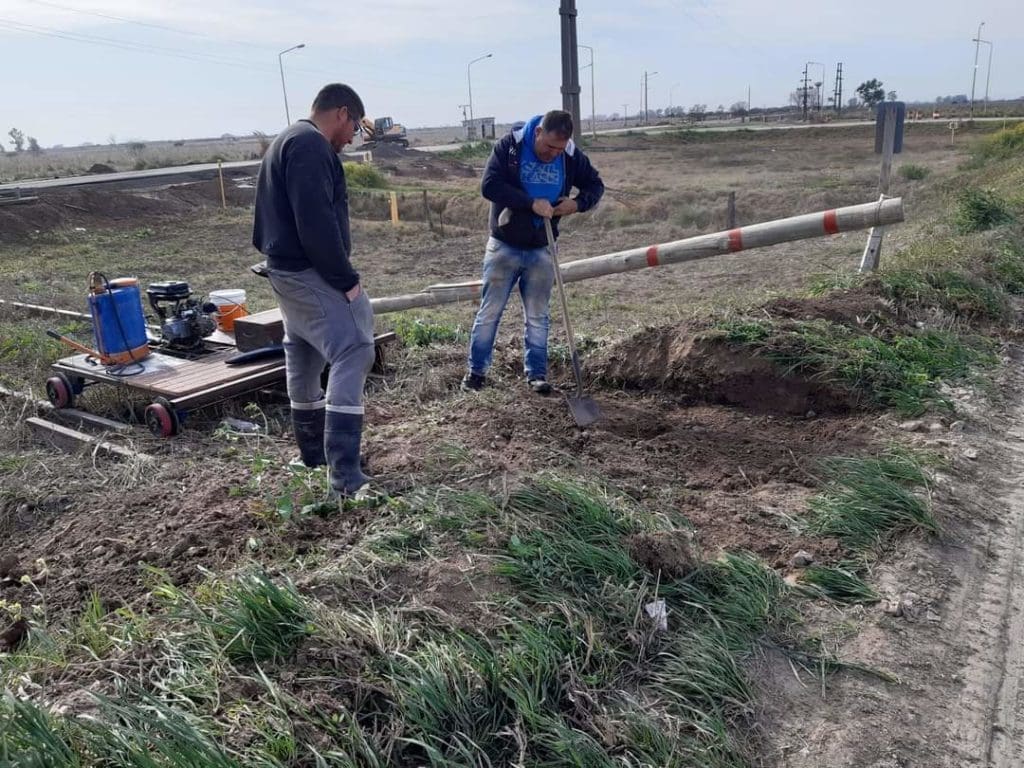

SANTA FE, Argentina — As a child growing up in San Eugenio, Santa Fe, I felt fascinated by trains and how they functioned. In our little town of 250 residents, I sat hypnotized as I watched the trains drive by. When the authorities closed down the railway station, the town lost its magic.
As time passed, I saw the once beautiful and vibrant station turn into a dumping ground for garbage. Untamed plants grew everywhere, and pieces of broken glass and metal scattered about. As I stood there, taking it in, an idea began to form. I wanted to bring the railway back to life.
Read more stories from Argentina at Orato World Media
The start of a challenging journey
I decided to recondition the tracks of the former Mitre railway. This track played an essential role, connecting Santa Fe with Rosario and Buenos Aires. Seeing it closed off made me sad. I knew the work in front of me could be dangerous but my motivation propelled me forward.
Before dawn on an early morning in July, I climbed into my truck armed with tools and a brush cutter. I drove to the tracks and started clearing debris and overgrown vegetation. Without hesitation, I began removing thick underbrush choking out the railway. As exhaustion set it, I looked out in front of me. Eighty kilometers of railway still needed attention.
Back home that night, I opened up social media to share my progress, uploading photos and catching the attention of two cousins Román Dodorico and Gustavo Correa. They owned a “zorrita,” a vehicle powered by a motorcycle engine designed to travel on train tracks. They had been looking for an opportunity to test it out, so they joined my project.
No longer alone in my endeavor, the project seemed more achievable. Together, we worked tirelessly every day. Using shovels, picks, and chainsaws, we relied solely on our own strength with no outside assistance. The cleaning process started on foot at the town station. As I walked, memories flooded my mind from childhood when I watched the passing train cars. I imagined the distant rumbling of the approaching locomotive.
Others called us ‘The crazy railway people’
To date, we cleared 16 kilometers of 80 kilometers, from San Eugenio to Larrechea. Removing giant weeds, clearing heaps of earth, and removing trees proves extremely demanding work. Sometimes, we encounter poisonous snakes, keeping a safe distance and moving with extreme caution. We spend our time talking about old memories, sharing ideas, and making future plans – bonding all along the way.
Soon, Martin Marinuchi, the President of Trenes Argentinos, asked for a meeting with us. As the media caught wind of our efforts, reporters came from all directions to document our work in this forgotten town. During the meeting, Martin witnessed our work firsthand and offered to provide tools to help us. We decided to form an association to formalize our efforts and Marinuchi promised a grant and potential for future support.
As I continue this fulfiling work – now called the Mitre Passenger Railway Line Modernization Project – I long for the day I can feel the vibration of the railway and the resounding sound of the locomotives once more.
All photos are courtesy of Alejandro Mio.






